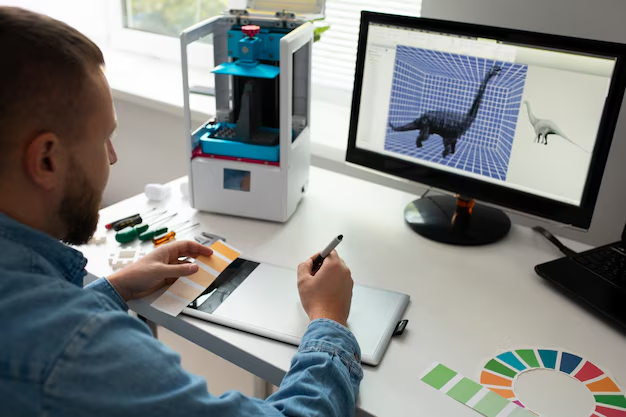3D animation is a unique fusion of art and technology, enabling creators to bring characters, environments, and stories to life with remarkable realism and imagination. Unlike traditional 2D animation, which involves creating movement frame by frame, 3D animation employs advanced techniques to generate models and environments in three-dimensional space, offering deeper perspectives and dynamic scenes.
The Art Behind 3D Animation
At the heart of 3D animation is creativity. Artists begin with conceptual designs, sketching and conceptualizing characters, backgrounds, and settings. Once the concept is approved, they create digital models using specialized software such as Autodesk Maya, Blender, or 3ds Max. These models are then rigged with bones and joints to allow for movement, and textures and colors are applied to give them a realistic appearance.
One of the key artistic aspects of 3D animation is the design of character movement. Animation artists work to make movements fluid, believable, and emotionally expressive, whether it’s a character running, jumping, or simply walking. Lighting and camera angles also play a vital role in conveying mood and enhancing the scene’s depth.
The Science of 3D Animation
On the technical side, 3D animation relies on algorithms and computational processes to bring these digital models to life. Rigging involves programming the structure of characters, enabling them to move in a natural way. Animators use physics simulations, such as gravity and collisions, to ensure that the models behave realistically within the virtual world.
Rendering is another essential part of the process, where the computer calculates the final image or sequence of images, factoring in light sources, textures, shadows, and other elements. This can be incredibly resource-intensive, especially when creating high-quality animations for movies or video games.
Key Stages of 3D Animation Production
- Modeling: Creating digital representations of characters, objects, and environments.
- Rigging: Adding a skeleton to the models so they can be animated.
- Texturing: Applying textures and colors to give objects a realistic look.
- Animation: Bringing the models to life through movement.
- Lighting and Rendering: Setting up virtual lights to enhance mood and detail, then producing the final frames.
- Compositing: Combining all the elements together to produce the final shot.
FAQs
- What software is used in 3D animation? Popular software includes Autodesk Maya, Blender, 3ds Max, and Cinema 4D.
- How long does it take to make a 3D animation? Depending on the complexity, a short animation might take weeks, while a full-length film can take several years.
- What is the difference between 2D and 3D animation? 2D animation is flat, with two-dimensional characters and backgrounds, whereas 3D animation adds depth, allowing for a more immersive and realistic experience.
- Is 3D animation used only for movies? No, 3D animation is also used in video games, virtual reality, advertising, and architectural visualization.
- What are the career options in 3D animation? Careers include 3D animators, modelers, riggers, texture artists, and visual effects artists.
- Do I need to learn coding for 3D animation? While coding can be helpful for some aspects, especially for simulations and scripting, it’s not always required for creative roles.
- Can I learn 3D animation without formal education? Yes, many self-taught animators learn through online tutorials, courses, and practice.
Conclusion
3D animation has revolutionized storytelling in movies, television, games, and virtual reality. Its blend of artistry and technical skill allows creators to push the boundaries of imagination and offer audiences immersive experiences. Whether you’re an aspiring animator or a fan of the medium, understanding both the artistic and scientific elements involved in 3D animation provides insight into how these incredible worlds come to life.
Key Takeaways
- 3D animation is a dynamic blend of art and technology.
- The process involves modeling, rigging, texturing, animating, and rendering.
- Software such as Autodesk Maya and Blender is essential for creating 3D animations.
- Careers in 3D animation offer various opportunities, from animators to texture artists.
- 3D animation is not limited to film—it’s used in games, VR, and advertising.

